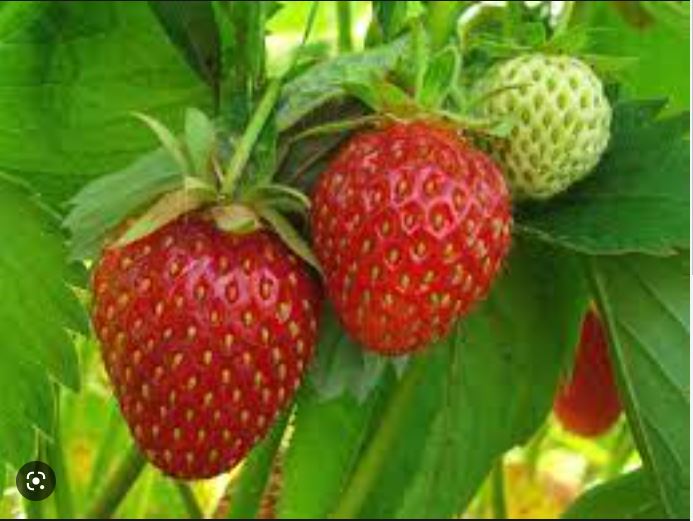By Eniolá Abdulroqeeb Arówólò
Strawberry farming involves cultivating strawberries in a sunny location with well-drained soil. The process includes selecting healthy plants, preparing the soil, planting them in raised beds or mounds, and ensuring consistent watering.
Here’s a step-by-step guide to strawberry farming:
Step 1: Site Selection
Choose a sunny location with well-drained soil for your strawberry farm. Avoid areas prone to waterlogging or excessive shade.
Step 2: Soil Preparation
Prepare the soil by removing weeds and rocks. Test the soil to determine its pH level and nutrient content. Strawberries prefer slightly acidic soil (pH 5.5 to 6.5).
Step 3: Planting
Select healthy strawberry plants from a reputable nursery. Plant them in raised beds or mounds to improve drainage. Space the plants about 12-18 inches apart in rows with 2-3 feet between rows.
Step 4: Watering
Keep the soil consistently moist, especially during the flowering and fruiting stages. Drip irrigation or soaker hoses are ideal for efficient water distribution.
Step 5: Mulching
Apply a layer of straw or other organic mulch around the plants to control weeds, retain soil moisture, and prevent direct contact of fruits with the ground.
Step 6: Fertilizing
Fertilize the plants with a balanced fertilizer (10-10-10) after planting. Apply a second round of fertilizer in the early spring and a third round after harvesting.
Step 7: Pollination
Strawberries are typically self-pollinating, but bees can help improve pollination and fruit set. Encourage pollinators to visit your farm by planting flowers nearby.
Step 8: Pest and Disease Control
Monitor the plants regularly for pests and diseases. Use natural or organic methods of control whenever possible to minimize chemical usage.
Step 9: Harvesting
Strawberries are usually ready for harvest 4-6 weeks after flowering. Pick ripe strawberries carefully to avoid damaging the fruit and remove any overripe or diseased berries.
Step 10: Post-Harvest Care
Properly store harvested strawberries in a cool place or refrigerate them to extend their shelf life.
Step 11: Crop Rotation
After harvesting, remove old plants and rotate your crops to prevent soil-borne diseases and maintain soil fertility.
Step 12: Winter Protection
In colder climates, protect your strawberry plants from frost and freezing temperatures with straw or row covers during the winter.
Remember that strawberry farming practices may vary depending on your region, climate, and the specific strawberry varieties you choose to grow. Regular monitoring and timely care are essential for a successful strawberry harvest.

